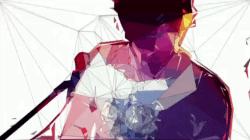
C++ openFrameworks magic from the Found Collective in collaboration with MSA Visuals.

I fresh installed Lion, because the upgrade caused a lot of problems. My system needed as fresh start anyway.He downloaded 116 apps total, but noted that several apps failed to download and needed to be restarted. 116 apps downloaded and 121 extra charges seems too close to be mere coincidence.
I logged into our developer account and got the latest iTunes Beta, and installed it. iTunes has a cool new feature to download all your purchased apps for you.
I clicked download all.
As each download started it charged me $31.79. Some apps came fast, some took longer, but the timing was directly related to when a new app started to download.

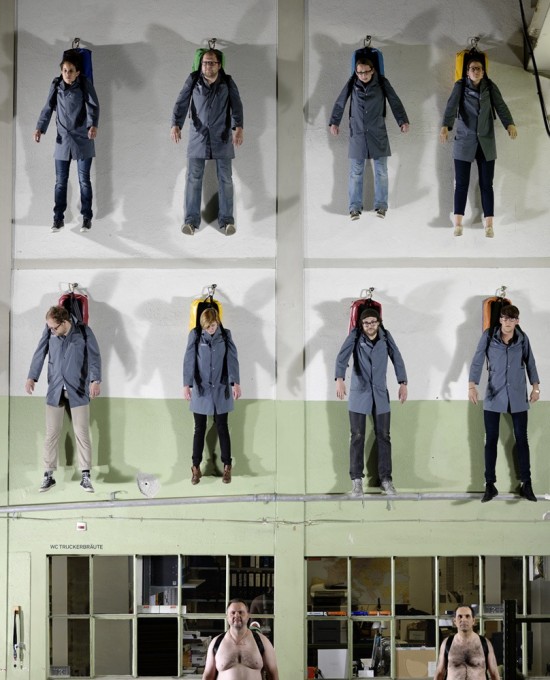
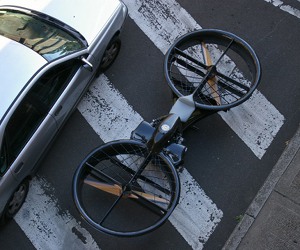
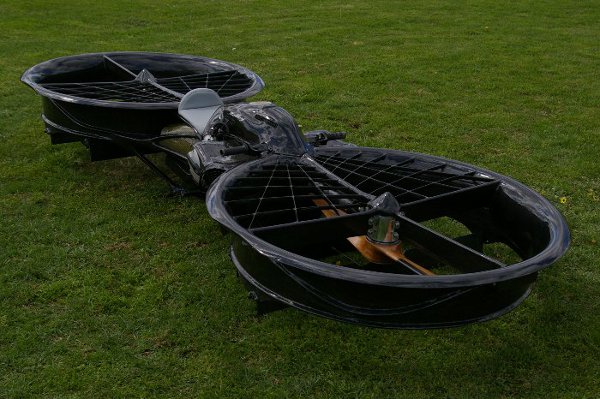
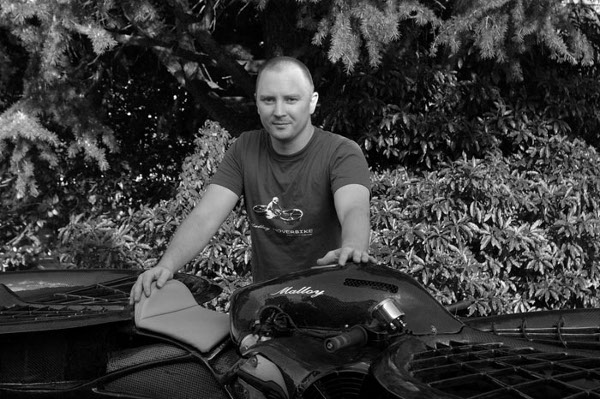
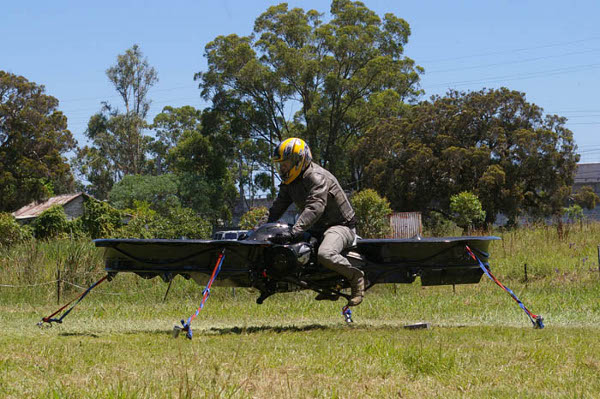
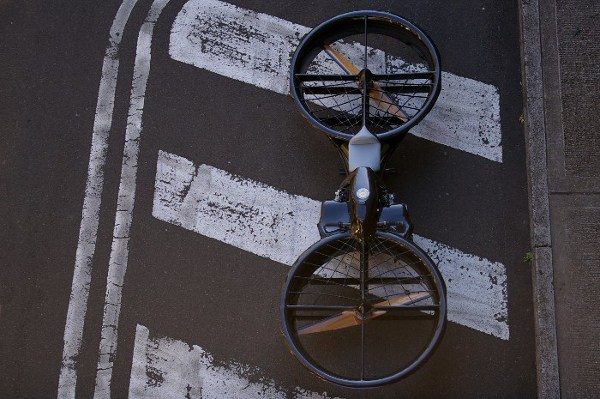

I am not really sure what to call it. It originally started as a magic routine, but very early in the project it seemed like the magic was too distracting from the story. I decided to take the “how did he do that?” out of the equation and make it more of a “magical” piece. I do not want to challenge the audience to figure out how it was done, but rather emotionalize the message with some of the softer devices of my craft.
Magic really has the power to re-enchant us. It’s a wonderful medium to convey a message or a story and technology just happens to be the vehicle I use to get the initial attention.
Wikipedia defines an art intervention as ‘an interaction with a previously existing artwork, audience or venue/space.’ Integrated Visions Productions and National Media Services approached the Sol LeWitt exhibition ‘Structures’ in New York’s City Hall Park (sollewitt.publicartfund.org) with this concept in mind. Utilizing one of NMS’s ProjectionMan self-powered mobile projection units to redefine the idea of guerilla videomapping, the IVP/NMS team was able to line up the template and accurately videomap the three sculptures seen in this video with about 5 minutes of on-site prep per piece. The results are stunning; the sculptures come, literally, to life. [Ed.: Uh -- literally, they come to life? That's terrifying. -PK]
Creative Team
Producer: Brian Blessinger
Animation and Art Direction: Michelle Dodson, Bryan Dodson
Soundtrack: Crawwwl by Big Friendly Giant [on SoundCloud]
ProjectionMan by
National Media Services Inc
and
BlueBlast Media
ProjectionMan operated by Tyrone Tanous
As far as the ProjectionMan rig, it was designed by our logistics partners at BlueBlast Media and National Media Services. It’s battery-powered and is designed to be fully mobile. The rig is built as a suit that fits around the operator. The 12 volt battery is worn like a backpack. Each battery lasts about an hour before it has to be swapped out. It supports a 2500-lumen HD projector.
